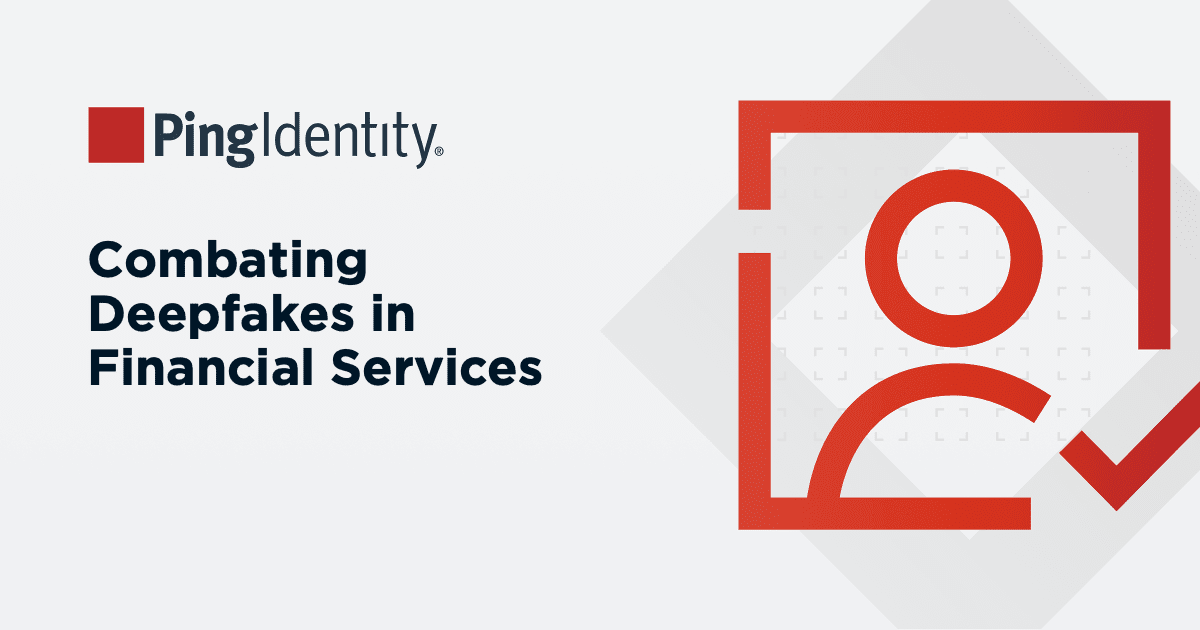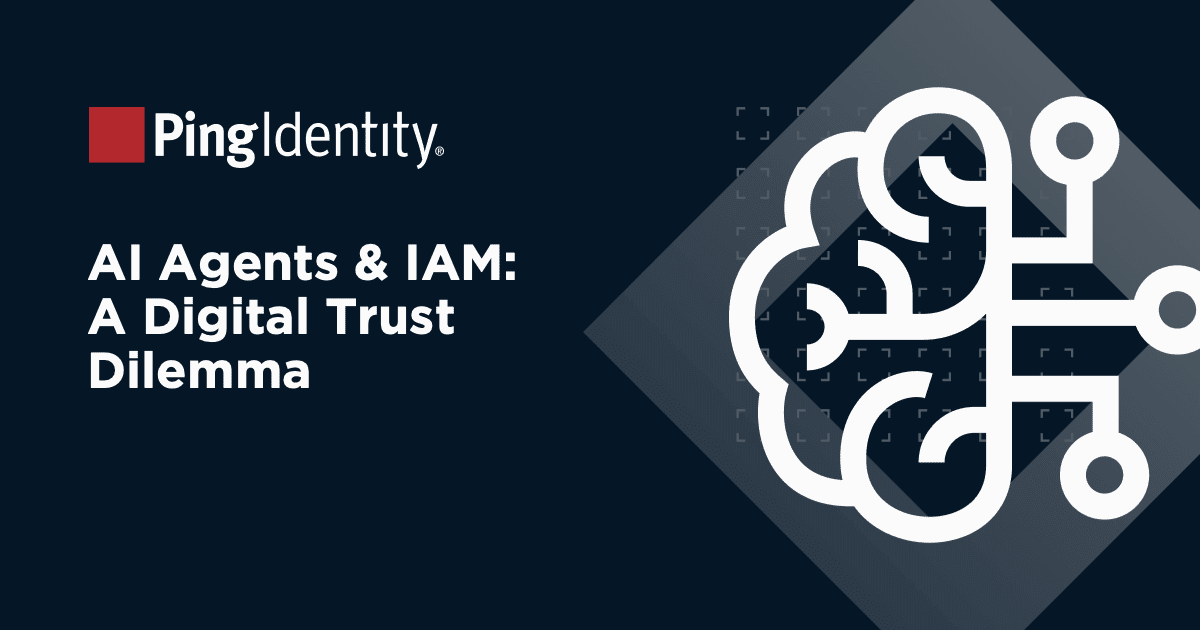Enterprise financial providers face a uniquely complex challenge when managing workforce identities. Operating across multiple geographical, organizational, and jurisdictional boundaries often leads to identity blind spots, where unauthorized access goes unnoticed, and overprovisioned access accumulates over time. This complexity creates significant security vulnerabilities, as attackers can exploit these gaps to move laterally across systems, access sensitive data, or disrupt critical infrastructure.
A robust Workforce Identity and Access Management solution addresses these challenges through automation, real-time risk assessment, and enforcement of Zero Trust security.
These five key capabilities are critical in securing workforce identities in the financial services industry:
1. Threat Detection and Response
Behavioral analytics continuously monitor workforce activities to detect unusual access patterns or suspicious actions, such as logins from unapproved devices or locations. By analyzing workforce behavior in real time, financial service providers can quickly identify anomalies, such as unauthorized access attempts or irregular usage patterns. Integrating threat signals from multiple systems enhances visibility, enabling IT teams to act swiftly and prevent breaches before they escalate.
2. Dynamic Multi-Factor Authentication (MFA)
Adaptive MFA ensures that workers are authenticated securely, using methods like biometrics or one-time passcodes. For high-risk or privileged accounts, financial service providers can enforce additional verification layers, such as liveness detection or device validation. This ensures that attackers cannot exploit stolen workforce credentials to access sensitive systems, particularly in hybrid or remote work environments.
3. Identity Verification
Robust verification processes confirm the authenticity of workers during onboarding, reducing risks associated with fake identities or impersonation attempts. Advanced identity verification tools, such as biometric checks or digital credentials, ensure that only verified workers can gain access to enterprise systems. Continuous re-verification processes further reduce the risks of long-term access misuse or unauthorized privilege escalations.
4. Dynamic Authorization
Fine-grained access controls enforce policies that restrict access based on roles, devices, and risk signals. For example, privileged accounts can be gated with additional verification steps. This capability allows financial service providers to enforce the principle of least privilege, ensuring that workers only access the data and systems necessary for their roles. By integrating real-time risk signals, dynamic authorization also adapts to changing contexts, such as unusual access times or locations.
5. Identity Governance and Administration (IGA)
Automating access provisioning, de-provisioning, and certifications ensure that workers have the right level of access while reducing manual errors and insider threats. IGA solutions centralize identity lifecycle management, enabling IT teams to manage access across complex organizational hierarchies seamlessly. This automation reduces the risk of overprovisioned access and simplifies compliance with regulatory requirements, such as GDPR or SOX, through detailed reporting and audit trails.


